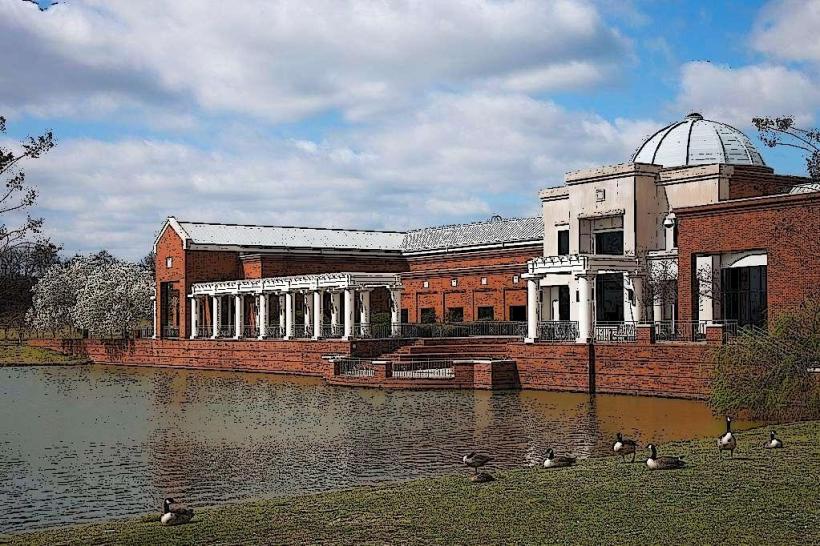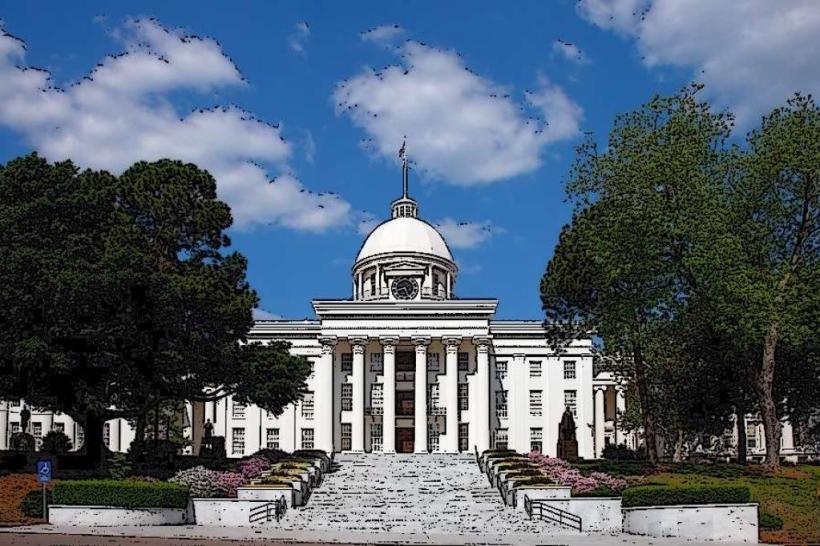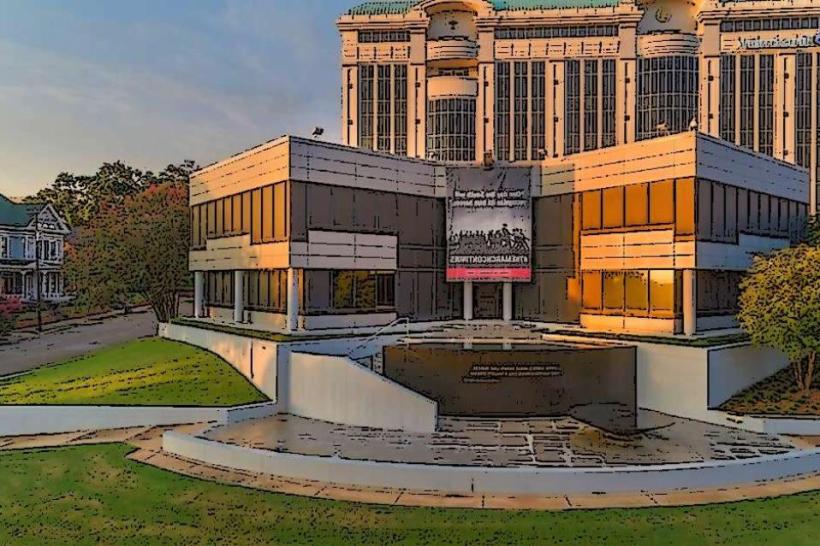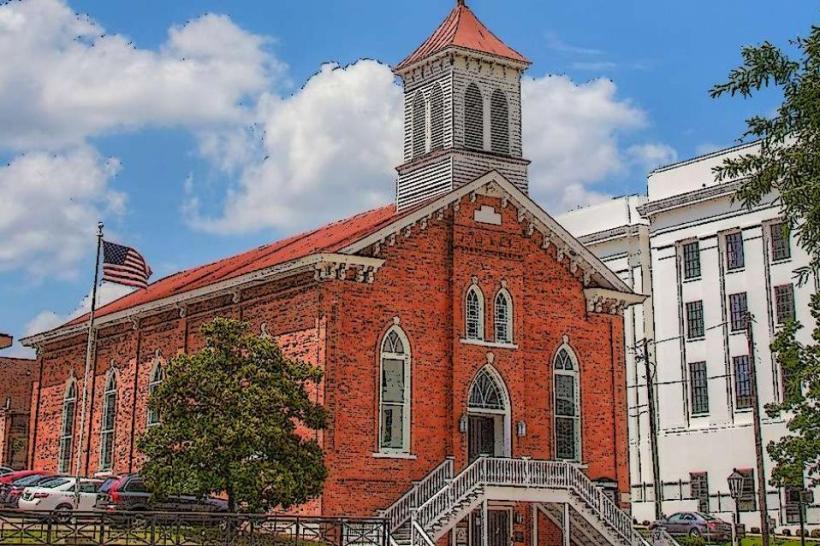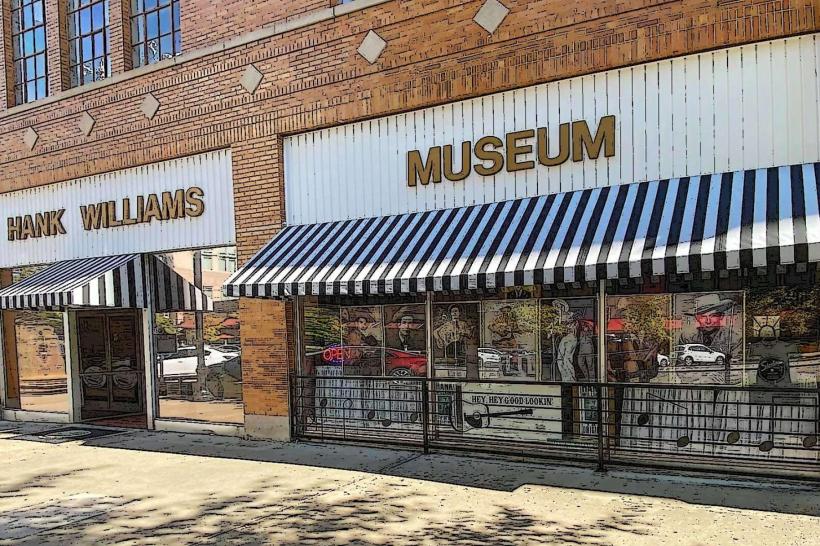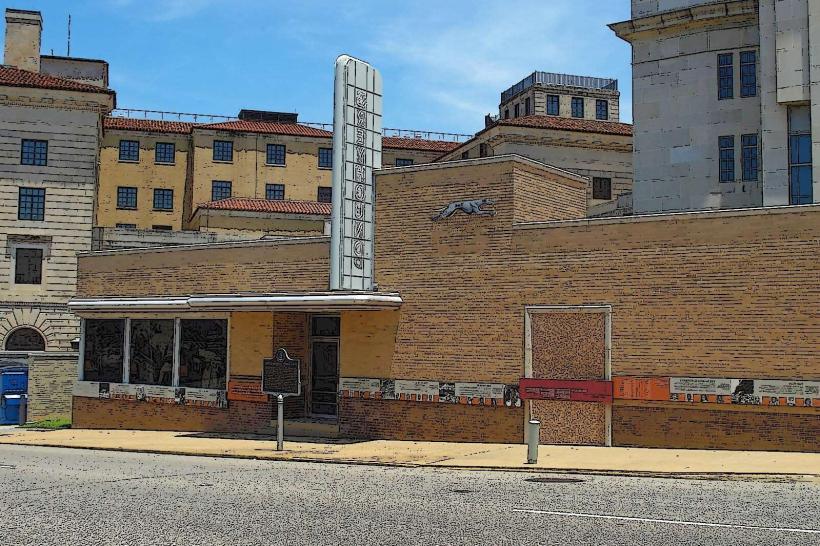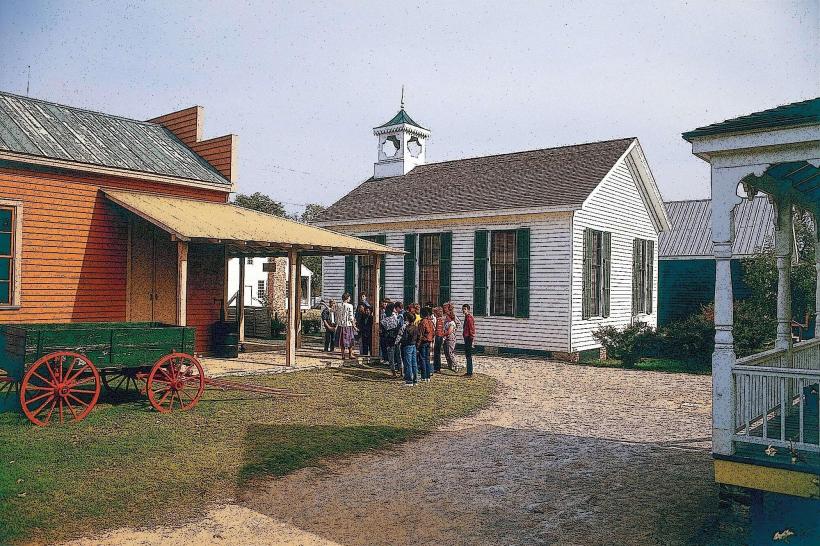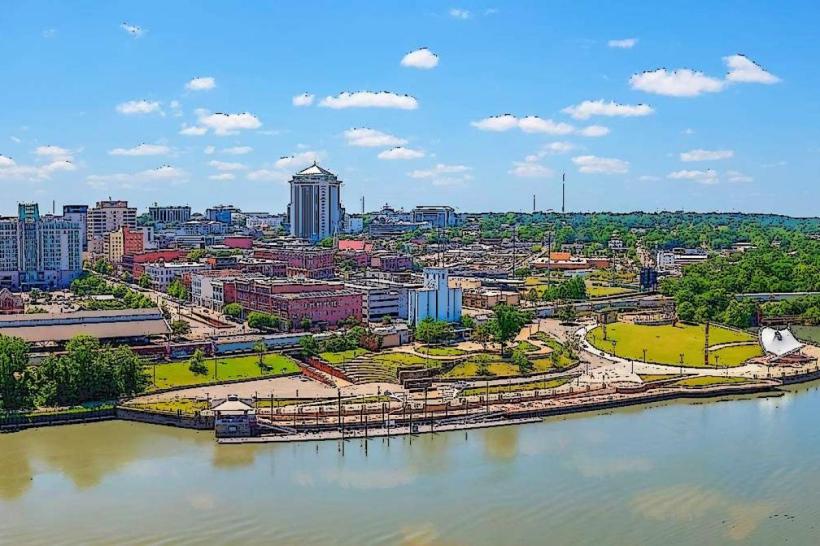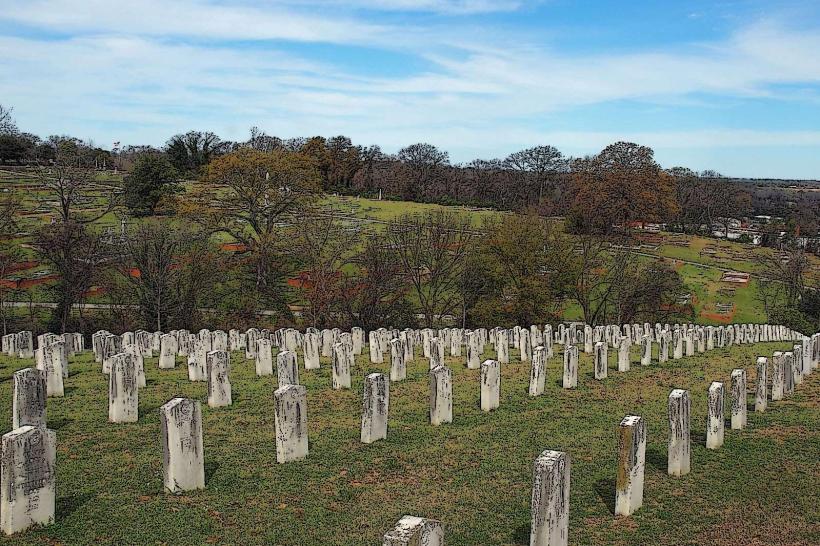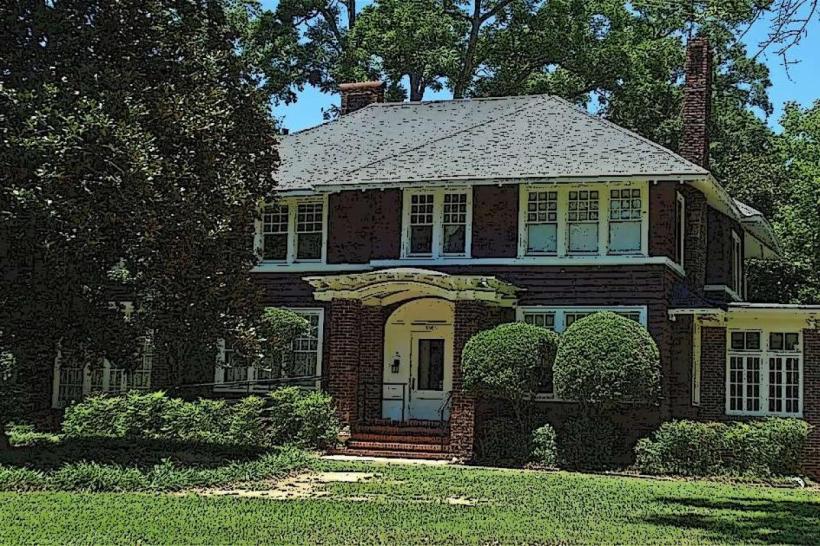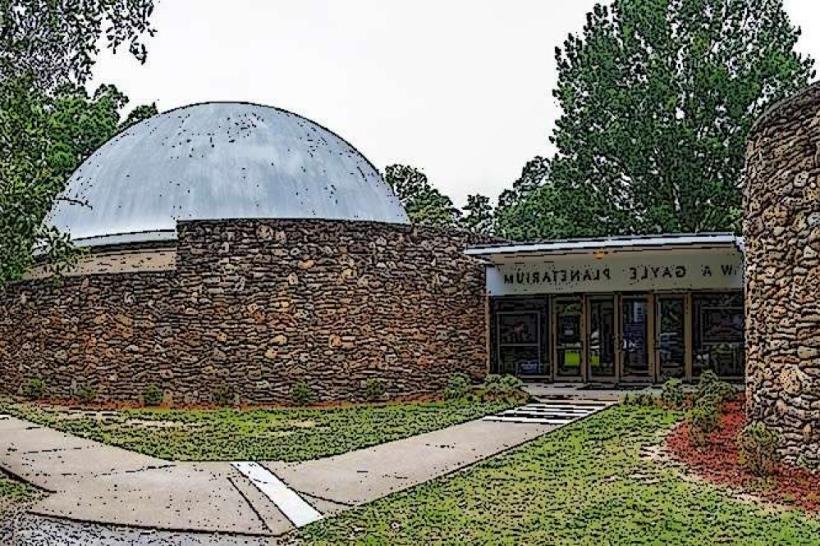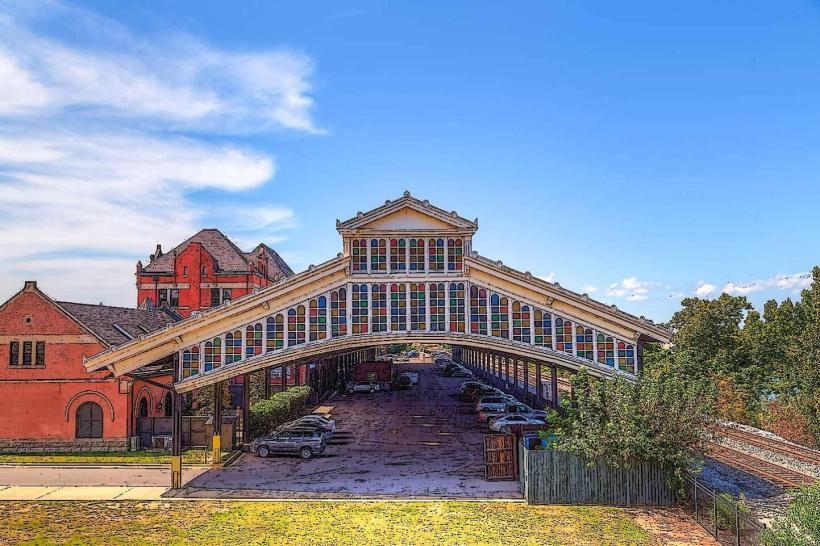Information
Landmark: Confederate Memorial MonumentCity: Montgomery
Country: USA Alabama
Continent: North America
Confederate Memorial Monument, Montgomery, USA Alabama, North America
The Confederate Memorial Monument in Montgomery is one of the city’s most prominent and controversial historic landmarks, reflecting both Alabama’s Civil War heritage and the continuing debates about memory and commemoration in the South.
Location and Setting
The monument stands directly on the grounds of the Alabama State Capitol, positioned on the south side of the building. Its placement is symbolic: Montgomery was the first capital of the Confederate States of America in 1861, and the Capitol itself was the site where Jefferson Davis took the oath of office as Confederate president.
History and Construction
The idea for a Confederate memorial in Montgomery emerged shortly after the Civil War, as organizations like the United Daughters of the Confederacy (UDC) sought to enshrine Confederate memory in public spaces.
The monument was unveiled in 1898, at a time when Alabama and other Southern states were erecting memorials that celebrated the Confederacy as part of the "Lost Cause" narrative.
Funded by the UDC and other Confederate heritage groups, it was designed to honor the soldiers of Alabama who fought in the Civil War.
Design and Features
The structure rises over 80 feet tall, built primarily of granite and marble, and shaped as a classical obelisk.
Around the base are four bronze figures, each representing a branch of the Confederate military: infantry, cavalry, artillery, and navy. These sculptures were added between 1898 and 1905.
Inscriptions on the monument pay tribute to the Confederate cause and to Alabama’s soldiers who died during the war.
Symbolism and Significance
At the time of its dedication, the monument was intended as both a war memorial and a civic statement of Southern identity. It reinforced the idea of Confederate valor and sacrifice, while deliberately situating that narrative at the seat of state government. Like other monuments erected in the late 19th and early 20th centuries, it also reflected the political and cultural climate of the Jim Crow era, emphasizing white Southern solidarity and downplaying slavery as the root cause of the war.
Controversy and Debate
In recent decades, the monument has been the subject of intense debate:
Civil rights groups and many historians argue that it represents not only remembrance of the dead but also an endorsement of the Confederacy’s defense of slavery and white supremacy.
Efforts to remove or relocate it have met with legal obstacles. Alabama state law, passed in 2017, restricts the removal or alteration of historic monuments over 40 years old without state approval.
Acts of protest and vandalism have occurred, particularly after events such as the Charleston church shooting in 2015 and the George Floyd protests in 2020, which reignited national conversations about Confederate symbols.
Present Role
Today, the Confederate Memorial Monument stands as both a physical landmark and a contested symbol. For some, it remains a site of Confederate heritage; for others, it represents oppression and the painful legacy of slavery and segregation. Its location at the Capitol ensures that it continues to be part of broader discussions about Alabama’s history, identity, and the politics of public memory.
The monument is a reminder of how landscapes of memory can carry multiple-and often conflicting-meanings. In Montgomery, a city equally defined by its role in the Confederacy and as a cradle of the Civil Rights Movement, the Confederate Memorial Monument embodies the tensions of Alabama’s past and the ongoing debates about how history should be represented in public space.

